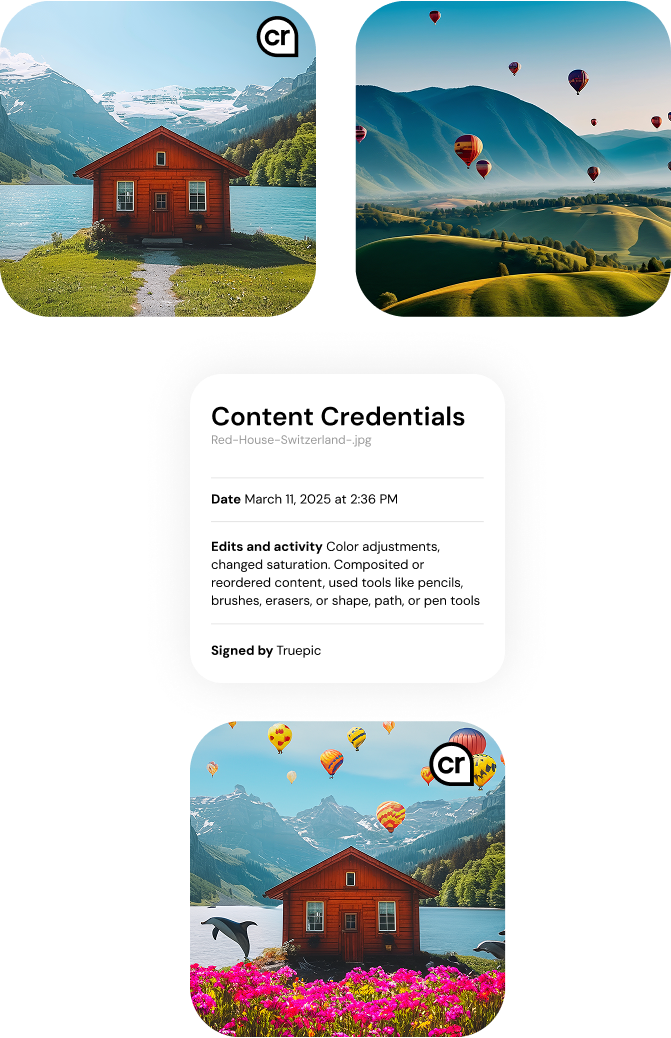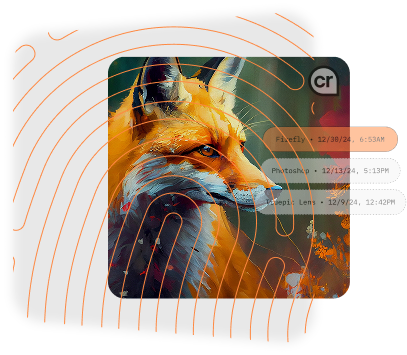An evolution in understanding online content
The volume of content produced and consumed around the world is skyrocketing—with over 400 quintillion bytes a day. Plus, 90% of that data was created in the last two years and future growth rate will continue to accelerate.
Critically evaluating digital content is an essential 21st century skill, a new type of digital literacy.

